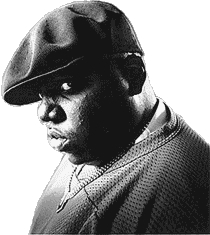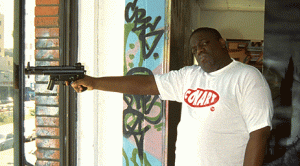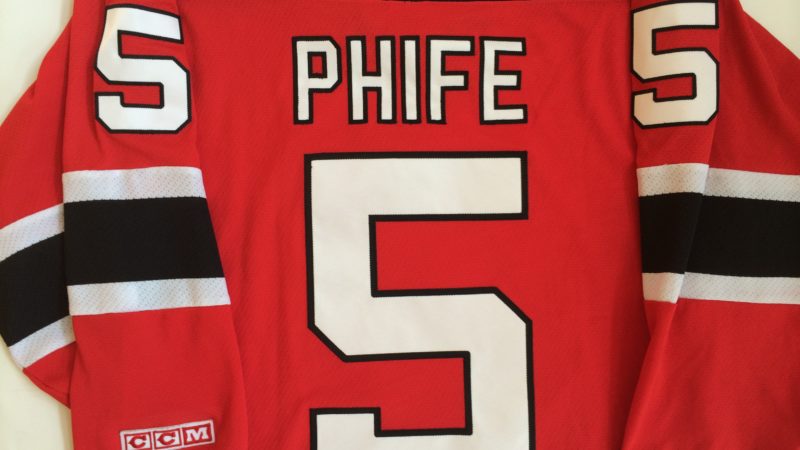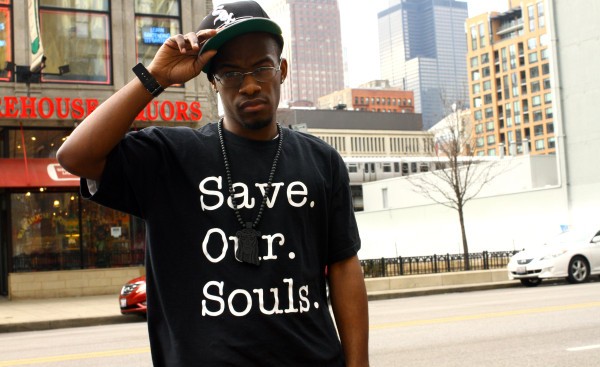
By Odeisel
On March 25th, 1997 we were served with the bittersweet entree of Life After Death, the final living work of the Notorious B.I.G. An expansive work to say the least, Life became his last will and testament, bequeathing his work to his fans and bad boy’s bottom line, his BK throne to Jay-Z, and tragically a life time of “what if’s” to Hip-Hop enthusiasts. How would Biggie have been 10 years later? Would Lil’ Kim still look like Kim Jones? Would Jigga have enjoyed the run he did? Would Hip-Hop be in its present state? A million and one questions certainly, and most of them can be answered only with assumption and theory. But one question left behind by that album we will address today. Which album was better: Ready To Die or Life After Death?
Both were critically acclaimed upon release, although LAD met with some resistance after the then-venerable Source gave it a 5 Mic rating. With over a decade in the rearview, which album should be used to define greatness when we consider Biggie’s brief yet stellar run?
As a body of work, R2D is certainly more compact and focused in theme and narrative. From the opening intro reflecting the change is time and condition, to the final shot and the slowing heartbeat, you got a complete saga; an epic, gritty trip through the Brooklyn gutter. R2D was ugly. Easy Mo Bee was the principal architect, delivering the title track, “Machine Gun Funk” “Gimme the Loot” Method Man collaboration “The What” and a couple other tracks. Primo stopped by to give the head bangers what they wanted with “Impeach The President” driven “Unbelievable”. There are a couple skippable tracks and skits, but as an album, R2D was a game changer. It showed that East Coast Hip-Hop could also make murder melodic in the vein of Death Row and be massively commercially viable. It upped the production values on East Coast Hip-Hop albums and put a decided focus on narrative and pace.

LAD comes from a decidedly different perspective. With rampant success and the money that comes with it, the urban blithe tales no longer would ring with the same authenticity. Where R2D was a caricature and exaggeration of the life, LAD actually captured the real Biggie in the full range of his personality. Consequently, a more polished and experienced B.I.G. showcased a much larger arsenal of skills. On R2D Biggie relied on the killer slow flow, crystal clear enunciation and diction, and a distinct rhythm for a winning formula. LAD however brought a new level of realism and a certain defiance in the face of keep-it-real detractors who decried Biggie’s part in shiny suiting the market.
The pseudo realism of “Gimme The Loot” was replaced with the film noir of “N***s Bleed,” and the open admission in “I Love The Dough” that “n****s is actors n****s deserve Oscars.” Yes B.I.G. took it there, much to the dismay of the ice grilling tough rappers dominating that era.
On a purely technical standpoint, Biggie was a superior mc on LAD. The slow flow gained laser-like precision to buttress his husky delivery. Aside from his much ballyhooed attempt at the Bone Thugz flow, LAD had a faster pace. Songs like “Nasty Boy” exhibited a more agile B.I.G. altering speed and pace with more facility than on R2D.
If there is an item of issue with LAD, it’s its cohesion as an album. Being a double album, by nature, disrupts continuity and to many fans, the skits are disjunctive, short circuiting the flow of the album. Despite this, the album shows so much range that you find yourself at different moments partying, riveted, laughing, and amazed. Then the party stops and the last three songs, as powerful as they are, stop the ride and remind you of how ominous this album really was. It reminds you of how many more problems came with the money. It reminds you of how player haters can ruin the fun. And it reminds you ultimately that in his death he became legendary, and that while he was somebody, his death was the elevation that made him iconic. 
The true power of LAD comes not from its unity of purpose but from its execution of excellence across such a broad spectrum. LAD is a testament of the greatness of Biggie as an emcee; of his honesty as a man, and his ability not to make you see things his way but to make his way feel like your own. He is at once menacing, engaging, witty, and most important, human in an era where the war stories were taken too seriously and rappers forgot how to have fun and balance themselves emotionally.
Life After Death was a window into how great Biggie really was and left us with not only hit songs, but enough ammo to actually consider someone with so few albums as one of the greatest emcees of all time. It is the ultimate highlight reel on wax. It is the life of Biggie Smalls laid out for us after his tragic death. It is his definitive and haunting legacy; casting a shadow over the reign of Jigga. Defined by its freedom rather than its adherence to a theme it brought its title to fruition: a celebration of his life and a tragic reminder of what that death removed from the board.
Follow Us on Twitter @ http://twitter.com/planetill
Follow Odeisel on Twitter @ http://twitter.com/odeisel





You are smoking something goooood my friend…. R2D > LAD IMHO.
shout out to the writer! excellent piece…R2D is my personal favorite, it takes me back to the day i bought the cd…when biggie was the source mags unsigned hype representa..i couldn’t wait for the album, and i’m still impressed.
Excellent Work. I agree, even though I have taken much flack about it in the past. While R2D was Big’s break out work, I believe LAD showed that he wasn’t one-sided. It showed fans and haters alike that he was a force to be reckoned with. And no, Jigga’s career would not be what it is today if BIG was still alive. No doubt in my mind. No one, east coast… top to bottom… then or now, had the verbal prowess of BIG when he was just freestyling. They wouldn’t be able to touch him. Loved the piece. Keep it goin’!!